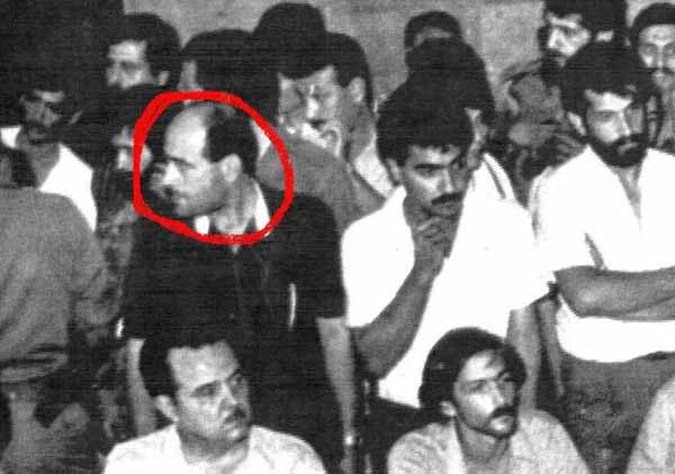The hijacked plane landed twice in Beirut, twice in Algiers, and once more in Beirut. The hostage crisis lasted for 17 days. All the hostages survived, except Robert Dean Stethem, a U.S. Navy diver, who was murdered by the terrorist hijackers.
The terrorists had a list of demands, including the release of Shi'i terrorists involved in the 1983 bombing of the U.S. Embassy in Beirut, and the release of 17 members of the Shi'i Lebanese Hezbollah and the Shi'i Iraqi Dawa Party, who were imprisoned in Kuwait because of their involvement in attacks that killed six people in 1983.
It was believed that the Lebanese Hezbollah was behind this terrorist operation. The U.S. Justice Department had charged Ali Atweh, Mohammad Hamade and Hasan Izzaldin with air piracy and murder of Robert Dean Stethem. Yet, the three Hezbollah terrorist were also members of the Shi'i Islamic Jihad Organisation, which took responsibility for a number of kidnappings, assassinations, and bombings of embassies and peacekeeping troops.
The Islamic Jihad cell was operating under the supervision of Ali Akbar Mohtashmi, the founder of the Lebanese Hezbollah, who at the time was Iran’s ambassador to Damascus, and later Iran's interior minister.
The main objective of this terrorist Shi'i cell was targeting American, Iraqi and French interests in Syria and Lebanon. The cell carried out several terrorist operations, including:
1. The suicide bombing attack on the US Embassy in Beirut in April 1983, the blast killed 63 people, 17 of whom were Americans.
2. The bombing that targeted the US Marines headquarters in Beirut in October 1983, killing 241 US personnel forcing the US to promptly withdraw its forces from Beirut.
3. The suicide car bombing that targeted the Iraqi embassy in Beirut in December 1981. The explosion levelled the embassy and killed 61 people, including Iraq ambassador and injured 110 others.
4. The bombing that targeted a French military outpost in Beirut in October 1983, killing 58 French soldiers who were part of the multinational forces in Lebanon.
If we assume there is no clear evidence, such as pictures or videos, that can directly link Nouri al Maliki and his Islamic Jihad cell to these terrorist attacks, the picture we provide reveals the direct involvement of Nouri al Maliki in the hijacking of the TWA 847 flight.
The picture below, taken at Beirut airport, shows the pilot and the crew of the TWA 847 flight sitting at the table after their release. In addition to his position as member of the Dawa Party, Nouri al Maliki, circled with red colour, was in charge of media affairs in Nabih Berri's Lebanese Amal Shi'i militia.
Haider Brigade which had 150 members who were also members of the Iraqi Dawa Party, was responsible for the assassinations of dozens of Palestinian officers during the Lebanese civil war. Most members of this militia were killed at the hands of Palestinians and several of them fled to Iran and Syria, including al Maliki who fled to Syria.






 RSS Feed
RSS Feed